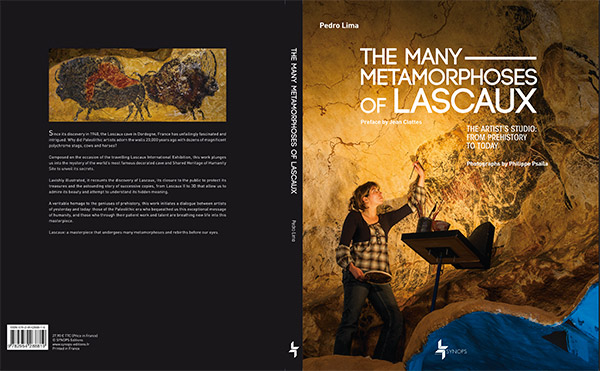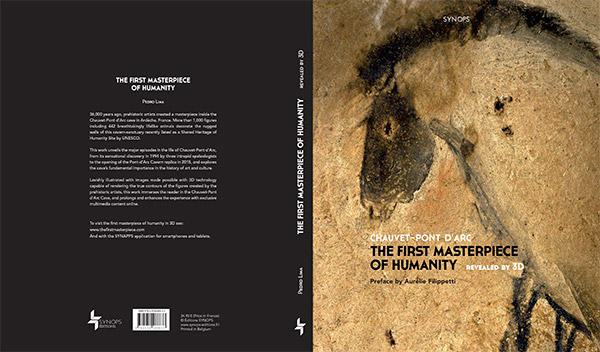The many metamorphoses of Lascaux
The artist's studio from prehistory to today.
Share!
- Authors Pedro Lima and Philippe Psaïla
Preface by Jean Clottes - Release © Synops Editions - 2012
- Size 156 pages - 23,5 x 28,5 cm
- Price 24,90 Euros TTC
- Many illustrations
About
Since its discovery in 1940, the Lascaux cave in Dordogne, France has unfailingly fascinated and intrigued. Why did Paleolithic artists adorn the walls 20,000 years ago with dozens of magnificent polychrome stags, cows and horses?
Composed on the occasion of the travelling Lascaux International Exhibition, this book plunges us into the mystery of the world's most famous decorated cave and Shared Heritage of Humanity site to unveil its secrets.
Lavishly illustrated, it recounts the discovery of Lascaux, its closure to the public to protect its treasures and the astounding story of successive copies, from Lascaux II to 3D that allow us to admire its beauty and attempt to understand its hidden meaning.
A veritable homage to the geniuses of prehistory, this work initiates a dialogue over the ages between artists of yesterday and today: those of the Paleolithic era who bequeathed us this exceptional message of humanity, and those who through their patient work and talent breathe new life into this fabulous masterpiece.
Lascaux: a masterpiece that undergoes many metamorphoses and rebirths before our eyes.
See an abstract
The authors
Pedro Lima, Pedro Lima, a scientific journalist specialising in prehistory and parietal art, wrote the text. His work has given him the opportunity to visit numerous decorated sites, among them Lascaux and Chauvet-Pont d'Arc.
Philippe Psaïla, photographer and videographer specialising in research, science and discovery, made the photographs and images inside the 3D model of the Chauvet-Pont d'Arc cave. He visited the original cave, and his pictures do justice to its incomparable beauty.


